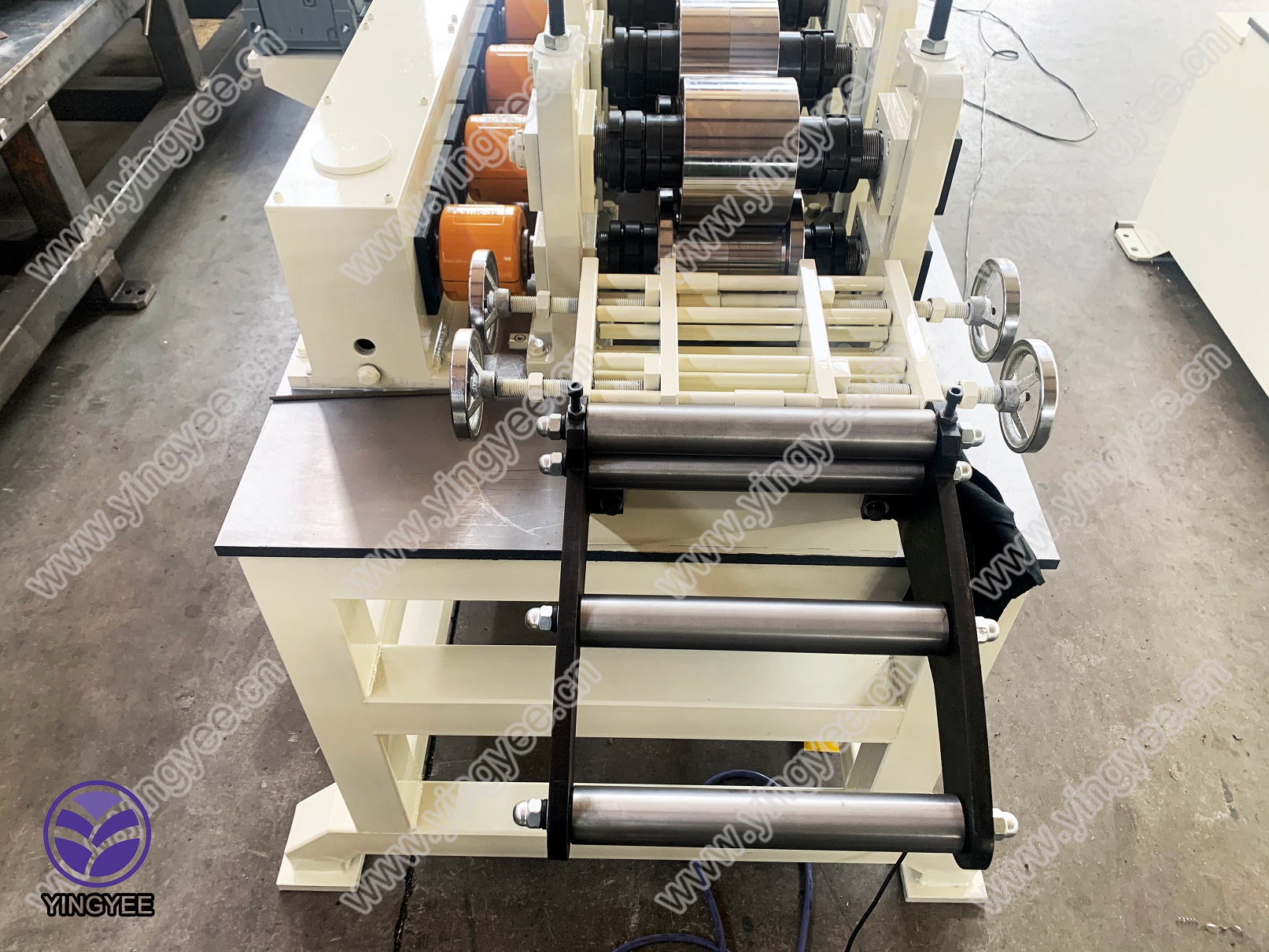
The Advantages of Metal Beam Guardrail Cold Bending Machines
In the ever-evolving modern infrastructure landscape, safety and durability are paramount. One of the key components in ensuring road safety is the metal beam guardrail, a crucial feature designed to prevent vehicles from veering off roadways. The fabrication of these guardrails involves advanced technology, notably the metal beam guardrail cold bending machine. This specialized equipment has transformed the manufacturing process, bringing significant advantages to the industry.
Understanding Cold Bending Technology
Cold bending is a process where metal is shaped at room temperature, allowing for the creation of intricate designs without the need for additional heat application. This method not only conserves energy but also maintains the integrity of the metal, eliminating the risk of thermal damage that can occur with traditional hot bending techniques. The metal beam guardrail cold bending machine utilizes this technology to produce guardrails that are structurally sound and resilient.
Efficiency and Precision
One of the most notable advantages of using cold bending machines for guardrail production is the efficiency and precision they offer. These machines are equipped with advanced computer-controlled systems that ensure consistent dimensions and shapes. This precision is critical in manufacturing guardrails that meet strict safety standards and regulations. The ability to create uniformity in production reduces waste and enhances overall productivity, enabling manufacturers to deliver high-quality products in a shorter time frame.
Versatility in Design

Cold bending machines are highly versatile, allowing manufacturers to produce various designs of metal beam guardrails to meet different requirements. Whether constructing highways, rural roads, or urban areas, these machines can adapt to specific project needs. The flexibility in design includes the ability to create different beam heights, curvature shapes, and end terminals, ensuring that every guardrail fits perfectly into its intended environment. This adaptability not only improves safety but also pleases architects and engineers seeking aesthetic solutions to infrastructure challenges.
Cost-Effectiveness
Investing in a metal beam guardrail cold bending machine can also lead to significant cost savings for manufacturers. Traditional methods of guardrail production often involve longer cycle times and more labor-intensive processes. In contrast, cold bending technology streamlines production, reducing labor costs and minimizing energy consumption. Moreover, the high precision of cold bending results in fewer defects and reworks, further driving down costs. Over time, these savings can translate into a more competitive pricing strategy for manufacturers, allowing them to thrive in a competitive market.
Environmental Considerations
In an age of growing environmental consciousness, the manufacturing processes that minimize waste and energy consumption have gained importance. The cold bending process used in guardrail manufacturing generates less scrap than traditional methods. Additionally, since no heat is applied, the energy footprint is significantly lower. Many machines are designed with energy efficiency in mind, aligning with global efforts to reduce industrial carbon emissions and promote sustainable practices.
Conclusion
The metal beam guardrail cold bending machine stands as a testament to innovation in the construction and manufacturing industries. With its ability to enhance efficiency, precision, versatility, cost-effectiveness, and sustainability, this technology has revolutionized guardrail production. As infrastructure projects continue to expand worldwide, the importance of reliable and safe road barriers cannot be overstated. The cold bending machine has not only addressed these needs but has also set a new standard for quality and efficiency in the manufacturing of metal beam guardrails. As we look toward the future, it is clear that these machines will play a vital role in shaping safer roads and ultimately saving lives.